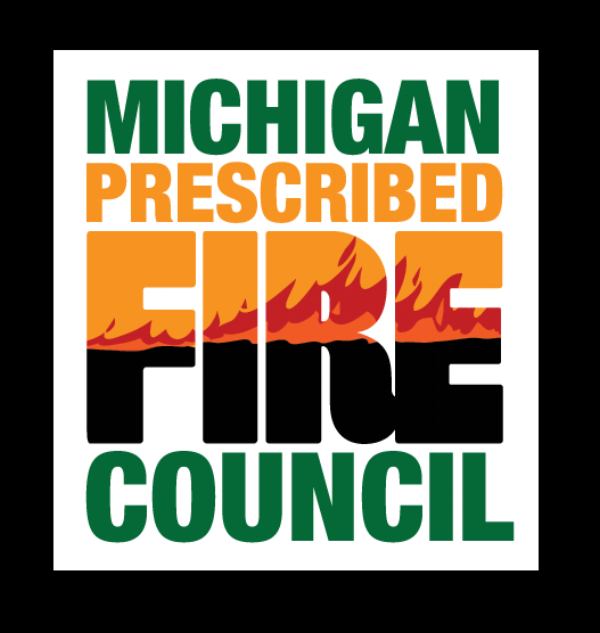On Wednesday, October 15th, The Nature Conservancy (TNC) performed a prescribed burn in Larimer County, Colorado, which escaped to become a wildfire. The initial burn was planned to be 472 acres, but as of 8:45am on Friday, October 18th, the newly named Elk Fire stands at 622 acres, with 80% containment. There are 90 interagency firefighters on the scene, under the command of the Larimer County Sherrif’s Office. Updates from the Sherrif’s office can be found here.
Media reporting on the incident hasn’t been very comprehensive, due to the fact that there aren’t many details available regarding the conditions that led to the escape of the fire. Based on data from the nearest NOAA Climatological Data station, the relative humidity in the days leading up to the fire went from being very low to quite high, which is most likely why TNC felt comfortable going ahead with the burn as planned. Though data isn’t available for the day of the burn, locals are reporting that there were dry and windy conditions, which could have contributed to unpredictable fire behavior.
It’s important to remember that while this particular fire escaped, an overwhelming majority of prescribed fires go off without a hitch. Even in this rare example of an escape, there’s only been one shed lit on fire, no injuries, and no other damaged property. It’s very likely that this fire escaped due to random chance, perhaps a lucky puff of wind carrying an unusually long-lived ember, but it’s important to look at all the facts. As soon as there’s data available for the weather conditions on the day of the burn, there will be a full review by the Colorado Division of Fire Prevention and Control to determine the cause of the escape. In this process, there’s a chance that they’ll discover negligence on the behalf of those planning the burn, those that granted the burn permit, or perhaps the practitioners on the ground executing the burn. But there’s arguably a better chance that they’ll ascertain that the fire spread due to unforeseeable circumstances. The Nature Conservancy is a reputable organization that has a long history of safely burning, and it’s unlikely they would have overlooked any part of the planning process.
The Elk Fire is a great reminder of the importance of safety in the prescribed fire world, and the fact that even in ideal circumstances, we’re still dealing with a force of nature that is as potent as it is difficult to control. This burn was put on for good reason - the area surrounding the burn has been seeing many red flag days in recent years, and is an excellent area to host a powerful wildfire, one that could potentially spread to the heavily populated Denver area - and has probably done much good to reduce fuels in the area.
The benefits of this burn will be hard to make known to the hundreds that were forced to evacuate the are affected by the Elk Fire, but they undeniably exist. Even if prescribed burning can be inconvenient, this inconvenience rarely takes the form of lost property, and almost never lost lives. In the wake of this escaped fire, it’s wise to remember the good prescribed fire does, and how often we benefit from its implementation.







